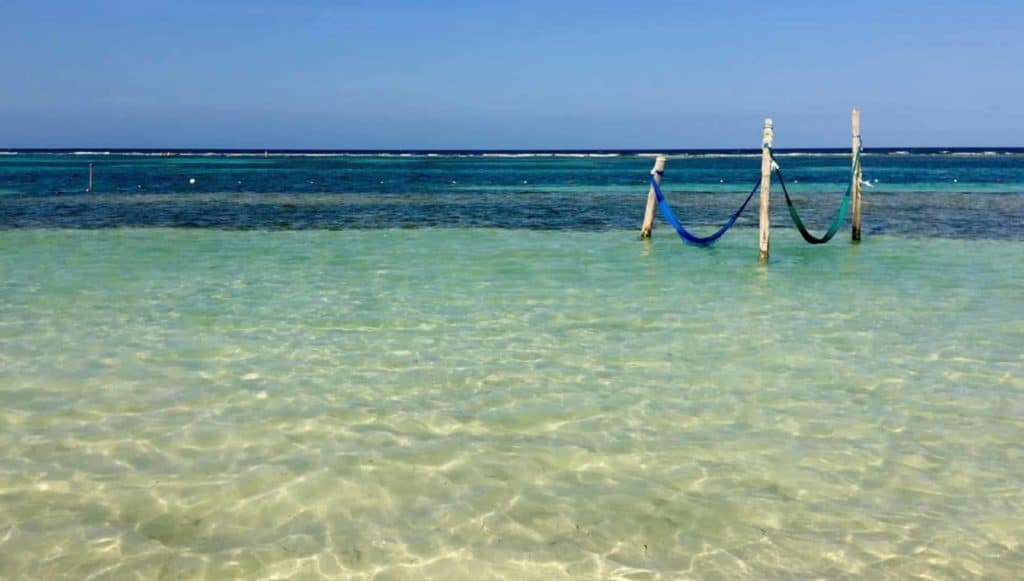Last Updated on January 1, 2024 by Ellen
Slow travel itinerary planning with serious effort can set you up to see the world on a budget, despite rising costs of everything from airfare to travel insurance.
We’ve used a budget slow travel itinerary to see the world since 2015, so we know it works!
This is post is a 15-minute read with 2,800 words for readers who are serious about seeing the world on a budget. If you are new to the idea of a ‘vagabond’ lifestyle, you might prefer to start at this shorter post.
Budget slow travel is simply long-term travel with limited funds.
Limited funds means we do not rent cars or fly first class. In fact, we fly as little as possible. We save money and it’s better for the environment!
Long-term means we stay at a location for a month or more — not your typical week or two as in a traditional vacation. We save money and learn more about the culture of the places we visit.
Budget slow travel doesn’t cost as much as you might expect. You’ll learn why — and more — by the end of this post.
This post will:
- prove how cost effective a budget slow travel can be
- help you identify your own slow travel route
- give you money-saving ideas on travel costs
- provide examples of slow travel routes we have taken
Your slow travel itinerary can be anything you want it to be. Your plans will be different from ours, but these principles are proven to work all over Earth.
Let’s get started!
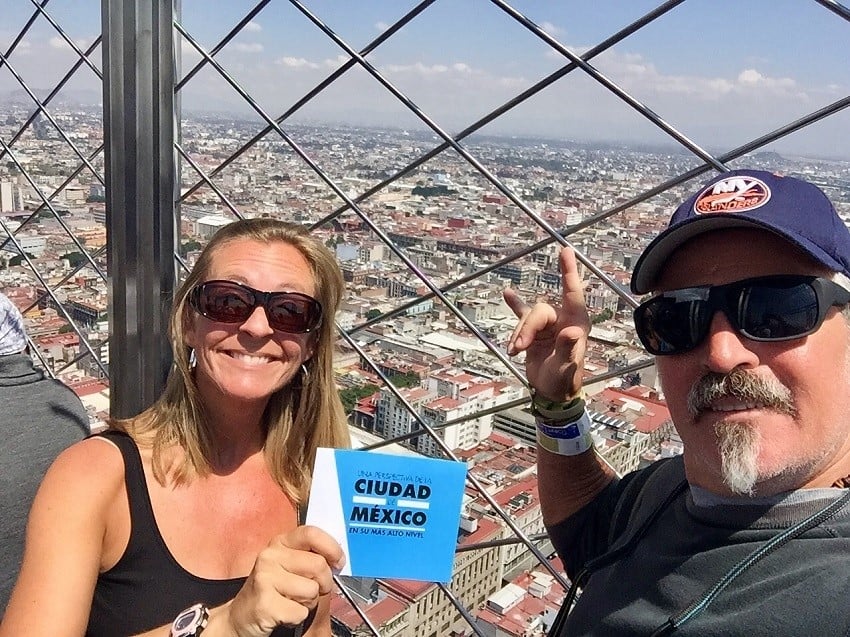

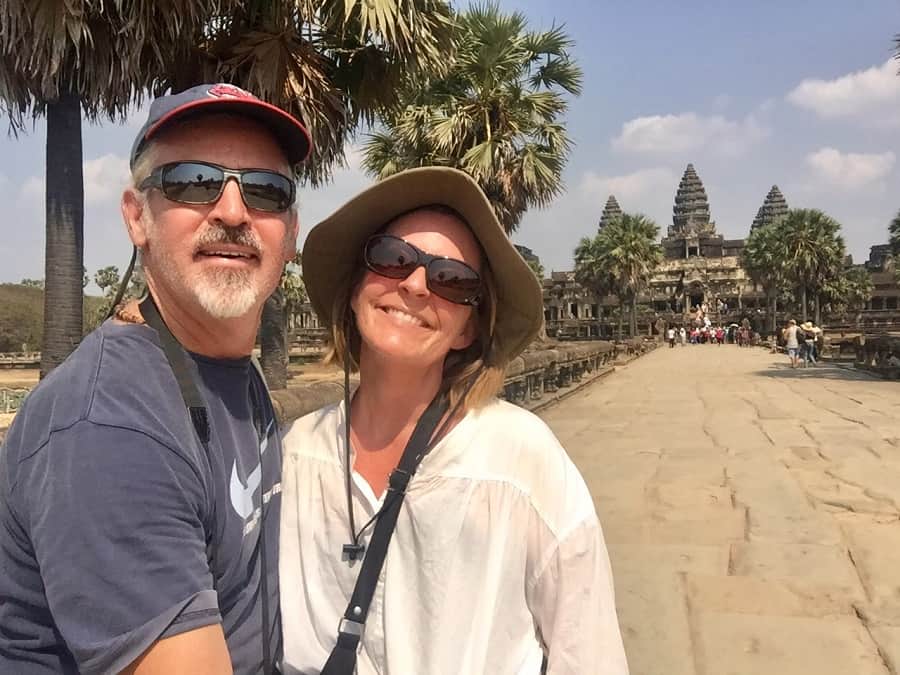
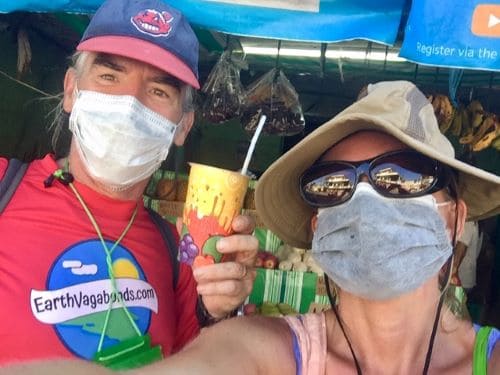

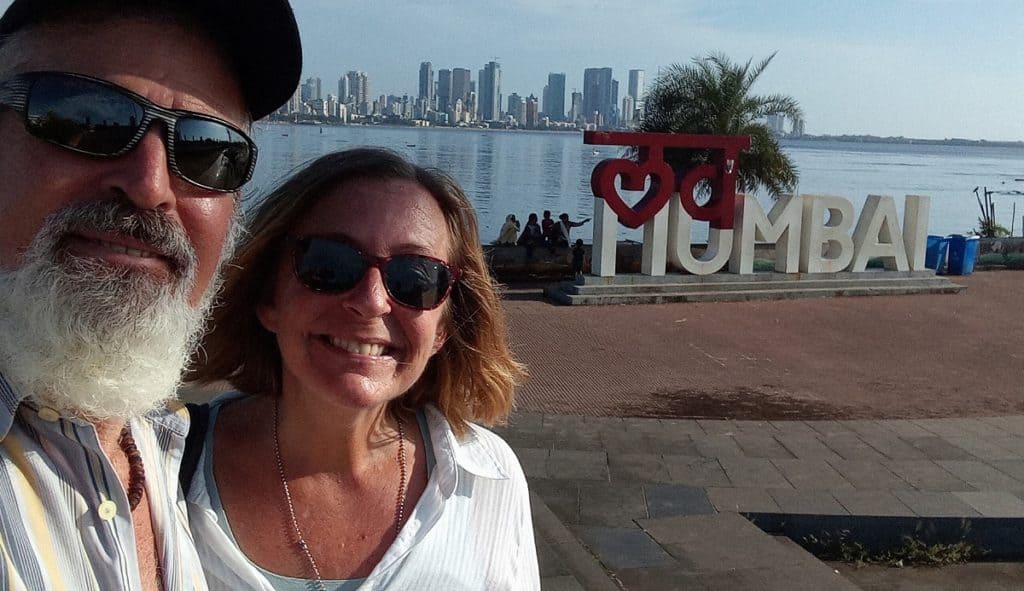
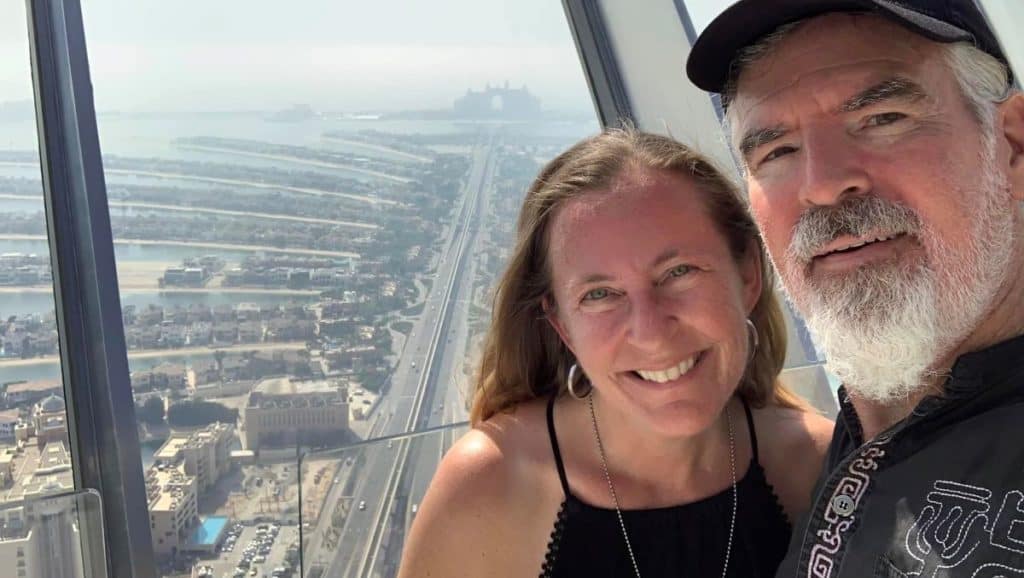
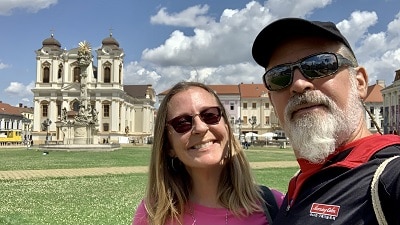
Budget slow travel itinerary planning
How to pick destinations
Ask yourself:
- Have you been there yet?
- Can you get there cheaply?
- Can you live there cheaply?
- What’s the visa situation for Americans (if you are American)?
- What do you want to see at the location?
Remember these five questions as you read on.
First, we get to someplace new as cheaply as possible. Next, we ‘live there’ for a month or so, and take that time to explore that region at our leisure. When it’s time to leave, we go to the next place by land if possible.
What better way is there to budget slow travel? After all, the faster you go, the less you’ll see.
Without frequent airfare and with plenty of time, going from destination A to B won’t cost an arm and a leg.
Quick examples
We used a discount airline to get from Indonesia into the Philippines. We used regional buses to go across Philippine islands, and we took ferries to new islands.
Think about regional sites you want to see.
We took a regional bus from Croatia to Bosnia, back to Croatia, and then went by bus down to Montenegro; Montenegro to Albania by van; Albania to Greece by ferry; around Greece on boats and buses.
Further down you will see more detailed itinerary examples with prices.
Related:
Also, don’t forget about trains! These are cheaper than plane rides, and can supplement your slow travel on ferries and buses.
For example, we have traveled all over India on trains. And we covered much ground by train in Vietnam, Malaysia, and Spain.
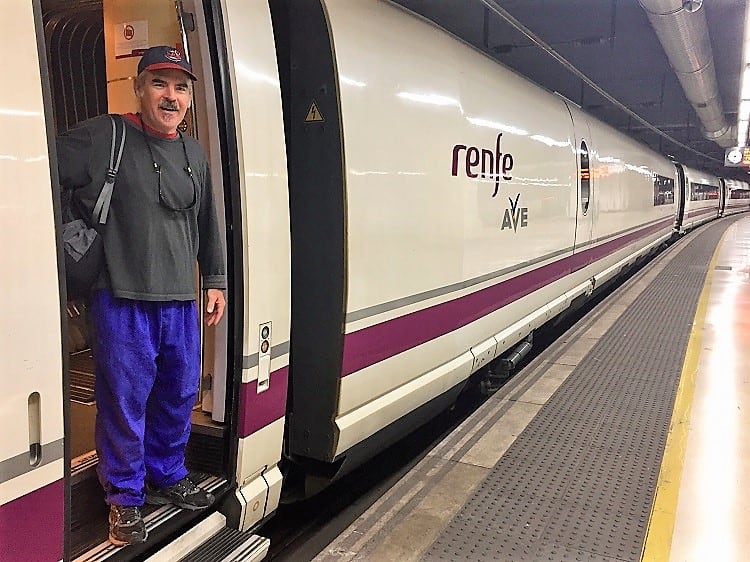
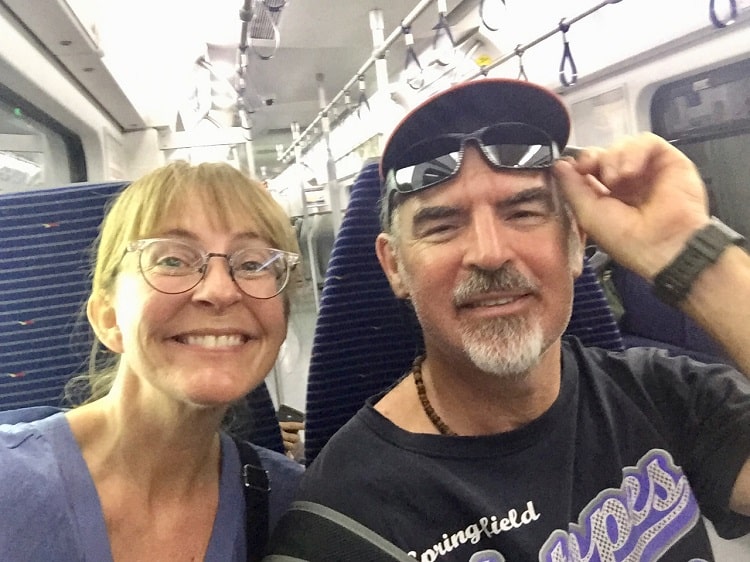
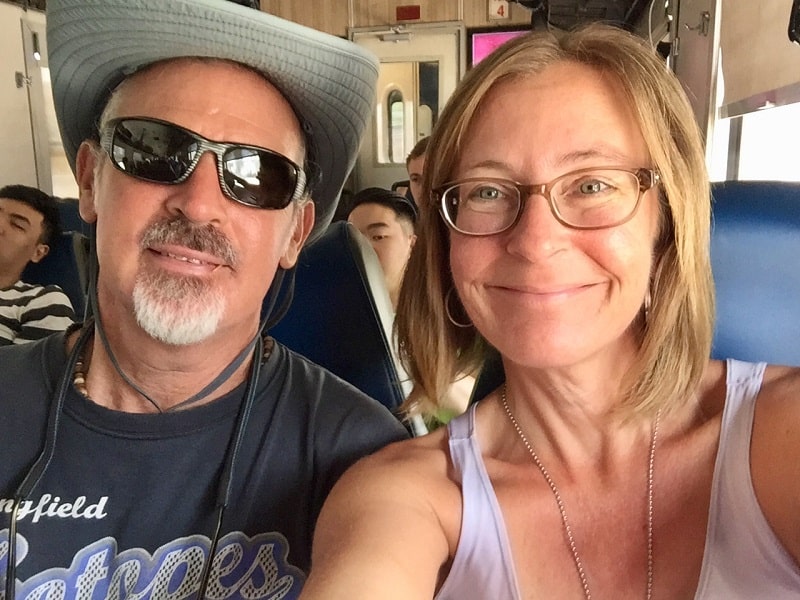
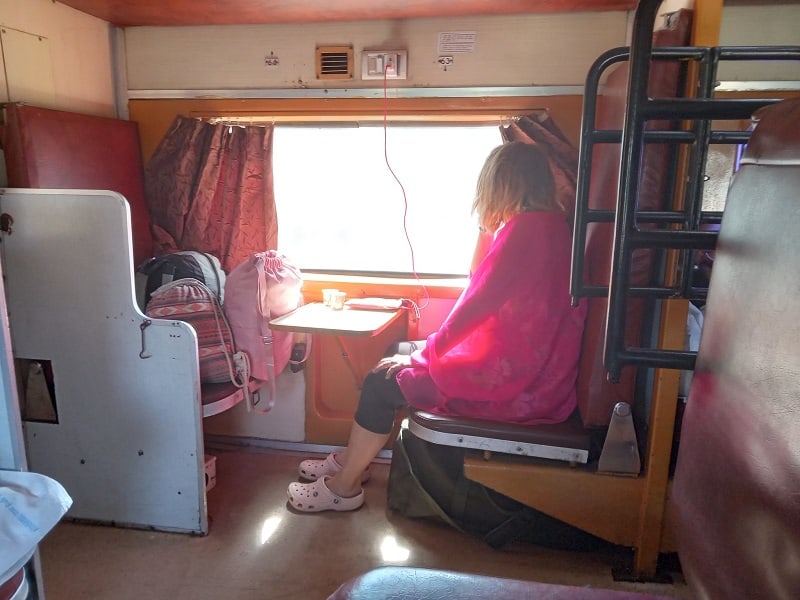
Vast regions of Earth can be covered by trains, buses, shared rides. You don’t even need a rental car.
Most of the world enjoys a robust public transportation system, unlike the United States of America.
Factor in slow travel costs
What is your monthly budget?
If you can easily answer that, you know what you can spend on rent, food, incidentals. That will give you an idea on what you can spend on actual travel by bus, train, or ferry tickets, and visas.
You might want to stay in a country two months or more, so your travel expenses can be spread throughout several months, or even over a year.
As you make your plan, ask yourself Question #2 – can you get to a country cheaply? How much do you want to spend on getting from destination A to B within that country?
Let’s use one of our travel experiences as an example. Below is a pie chart that shows how travel costs fit into our budget. In 2019, our budget was $2,000 per month for two people.
The chart shows many of our spending categories. On background, our ‘travel category’ includes long-distance expenses such as overnight ferries, regional buses, long train rides, visa costs, and also infrequent airfare.
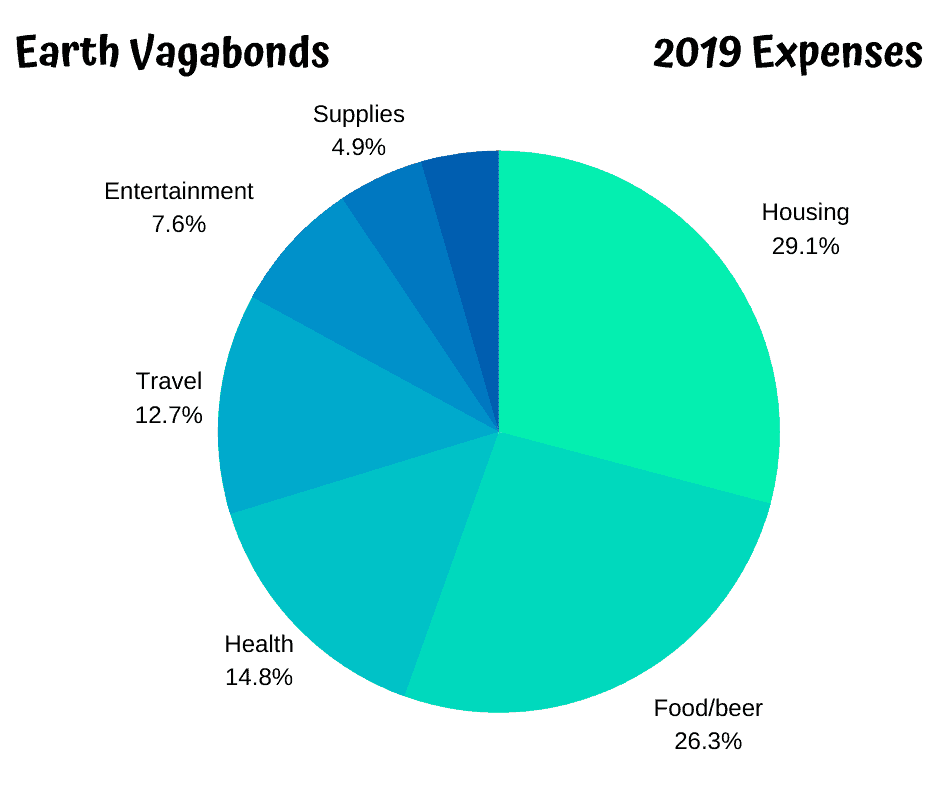
Travel costs: 12.7% of our annual budget
At 12.7%, travel is was the fourth highest spending category for us that year – $3,048 of our $24,000 annual budget. That’s actual costs to get to and get around in six countries that year!
That is so low because we only flew when absolutely necessary. Malaysia, Thailand, Cambodia, Vietnam – by bus and train. Vietnam to Thailand – discount flight. To Indonesia – discount flight. To the Philippines – discount flight.
Discount flights are harder to secure during inflationary times, but it’s still possible.
Let’s look at how to do that, next.
How to lower airfare expenses
Airfare is still necessary for budget slow travel around the world. Prices depend on so many factors, but there are ways to stack the deck in your favor.
Those five questions all come into play big time here. The earlier you ask yourself those questions, the earlier you can start looking at the price of airfare to those destinations – from other destinations.
Please note: This is an independent site. We do not work with any affiliates or sponsors. There are no ads here, and we don’t use AI.
Watch airfare before you commit to a slow travel itinerary
Start watching airfare early – even if you are not ready to book a flight.
For example, I might be surfing around on Facebook when I decide to pop onto a site like Skyscanner to check flight prices a few months in the future. I might look at Singapore or Kuala Lumpur to Tel Aviv while I’m still in Thailand.
Then, as we slowly make our way further south over the next month or two or three, I’ll check that airfare again and I’ll pay more attention.
Ultimately, we will go where the cheap fare is – unless we have a compelling reason to pay more for a specific destination. (Remember question #5 above?)
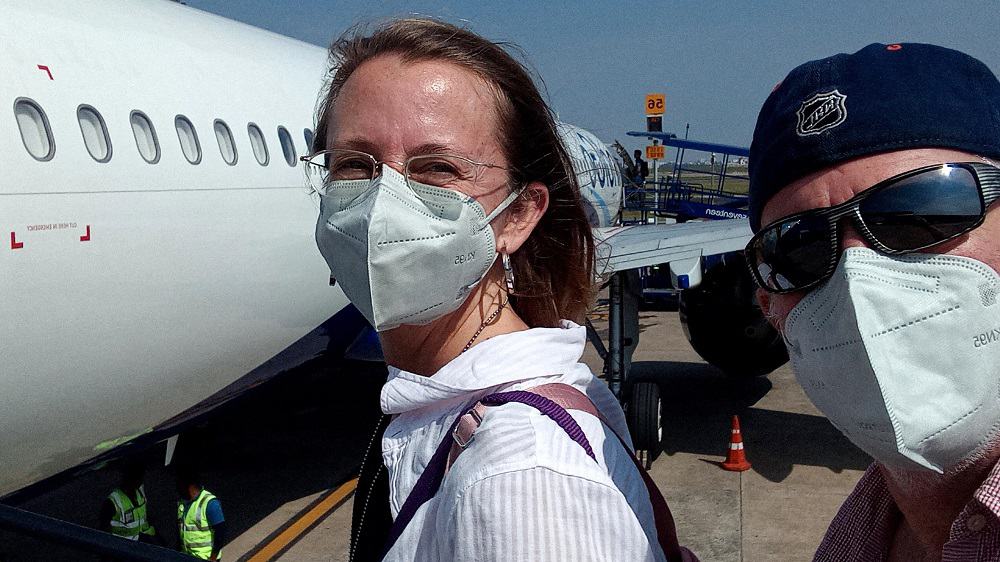
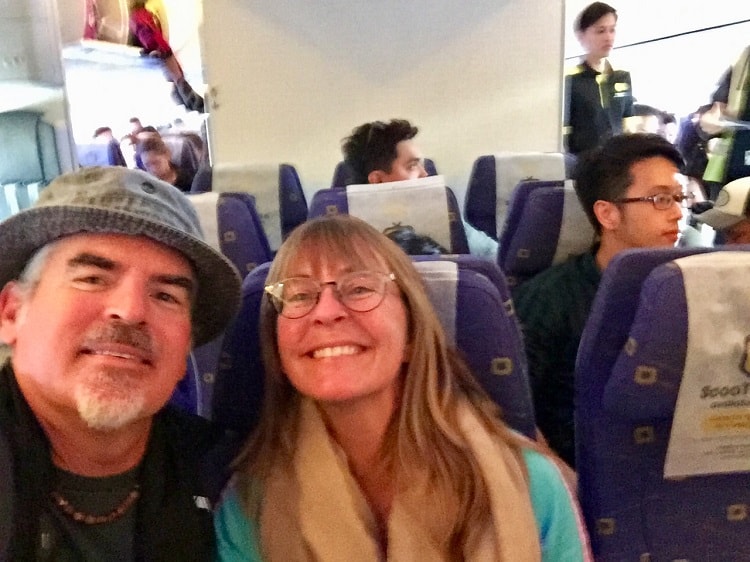
Discount airlines
Travel light, pack patience, do your research. If you can do those three things, you can probably get over no leg room on a discount airline.
Many lower-fare companies will be unknown to you when you start your own budget slow travel lifestyle.
This was certainly true for me.
For example, I had never heard of Volaris – a Mexican company – until we looked at flights from out of Zihuatanejo, Mexico (a fabulous place!).
I never heard of Batik Air until we went to the Komodo Islands in Indonesia.
No idea Cebu Pacific existed until we flew from Denpasar to Cebu Pacific in the Philippines for only $126 total.
I had never used Scoot Airlines before we flew from Athens to Singapore for under $400.
More recently, we spent $450 for two people to go from Caticlan, Philippines, to Bangkok, Thailand.
Not as good as pre-pandemic prices, but we understand this is a new normal.
And it’s why we budget slow travelers use planes as infrequently as possible.
Related: Onward travel proof that’s legit and cheap
VPNs, different devices, Tuesday bookings
Use Virtual Private Networks to mask your location; check airfare from different devices; look at bookings for flights on a Tuesday (or Wednesday).
These are old-school ‘hacks’ and we still use them — because they work!
Save money on land travel with apps
If you don’t live in Asia or Europe, you’ve likely never heard of mobility apps — apps that are about regional and local travel.
Different regions of the world use different apps. For example, BlaBlaCar and Grab.
BlaBlaCar is popular in Europe. Consider it like a regional Uber. We used it to go from Spain to Portugal at a reasonable price.
Grab is the Uber of Asia. We’ve used it all over.
During the pandemic, Grab expanded to include deliveries of everything from groceries to take-out food.
Slow travel tip: Look for communication apps not used in your home country. Asia uses WhatsApp and/or Line, for example, while other parts of the world use Messenger or Telegram.
Get your money’s worth from visa costs
If we get a 60-day tourist visa in a country, we stay the full time – especially if we have to pay for that time.
Some countries like Mexico are issue free tourist visas. Other countries charge fees, especially if you stay longer than 30 days.
We overstayed our tourist visas one time. Luckily, we did not have to pay the full fine for each person. An immigration agent in Thailand charged us only for one person, because we are married and we made an honest scheduling mistake.
You’ll see that ‘overstay’ cost added to one of our slow travel itinerary examples in the next section.
5 budget slow travel itinerary examples
Pick your route based on your answers to those five questions.
Below you will find a few examples of the many routes we’ve taken. These are long-haul travel costs — local taxis and side trips are not included.
You can see how the actual costs of travel add up fast, thanks to airfare and visa costs.* And COVID-related costs are clearly a bummer. All the more reason for good planning.
Prices below are for two people.
Thailand – 2 months
- Airfare from Caticlan, Philippines, to Bangkok, Thailand – $445
- COVID insurance, testing, mandatory quarantine – $333*
- Bus tickets from Bangkok to Hua Hin – $12
- Visas – $112
- Sleeper car with A/C on train from Hua Hin to Malaysian border – $48
- *COVID entry costs have since been relaxed reduced
- Total: $996
- Prices from 2022
Philippines – 4 months
- Airfare from Denpasar, Bali, Indonesia to Cebu City, Philippines – $128
- Total cost (ferry, fees, and one private van) to get from Liloan, Cebu, to Tagbilaran, Bohol – $76.25
- Ferry from Tagbilaran to Negros – $29
- Private van from Dumaguete port to Valencia (we needed room for the bicycle with us) – $20.50
- Private trike (motorcycle and side car as a taxi) from Valencia to a rental up a mountain – $4
- Bus from Dumaguete to Bacolad – $20
- Ferry from Bacolad to Iloilo – $18.50
- Bus from Iloilo to Carles – $7.75
- Bus from Carles to Malay – $6.50
- Multiple visa extensions in the Philippines during this time – $430 for two people, which included a one-time fee for the mandatory ‘ACR’ card for yearly stays.
- *Americans can stay in the Philippines for up to three years on a tourist visa if they remain in good standing, and keep paying renewal fees.
- Total: $741
- Prices from late 2019/early 2020
Vietnam, Thailand – 3 months
- Bus tickets from Ho Chi Minh City to Da Lat, Vietnam – $19.25
- Bus fare from Da Lat to Nha Trang – $11.50
- Tickets for train from Nha Trang to Da Nang – $48
- Train from Da Nang to Hue – $11
- Train from Hue to Dong Ha – $5
- Bus from Dong Ha to Phong Nha – $8.75
- Cab and train from Phong Nha to Ninh Binh – $31
- Bus from Ninh Binh to Cat Ba – $28.75
- Bus from Cat Ba to Hanoi – $20
- Visa costs in Vietnam: $86
- Airfare from Hanoi to Chiang Mai, Thailand – $130
- ‘onward travel proof’ out of Thailand – $24 (for info, read this)
- Mini van / taxi from Chiang Mai to Pai – $13
- Mini van / taxi, Pai to Chiang Mai – $13
- Airfare from Chiang Mai to Kuala Lumpur, Malaysia – $117.25
- Visa costs in Thailand: $122.75
- Thailand overstay charge (!): $16.25 (agent charged us half the official amount – this is the price for one-day overstay – be warned!)
- Total: $706
- Prices from 2019
Northern Africa / Western Europe – 5 months
- Bus from Marrakesh to Mhamid, Morocco (for Erg Chigaga) – $29
- Bus from Mhamid to to Casablanca – $35
- First-class train, Casablanca to Fes – $38
- Train from Fes to Chefchaouen – $30
- Shared cab from Chefchaouen to Tangier – $15
- Ferry to from Tangier to Algeciras, Spain – $94
- BlaBla Car from Algiceras to Seville, Spain – $31
- BlaBla Car Seville to Lisbon, Portugal – $80
- Train from Lisbon to Porto, Portugal – $37.25
- Airfare from Porto to Barcelona, Spain – $112
- Total: $389
- This entry is the cheapest, yet it’s in a more expensive part of the world. This is partly because we spent a full month in Lisbon and and in Barcelona, we shopped airfare at discount carriers, and there were no visa charges.
- Prices from 2018
- This entry is the cheapest, yet it’s in a more expensive part of the world. This is partly because we spent a full month in Lisbon and and in Barcelona, we shopped airfare at discount carriers, and there were no visa charges.
Western Mexico – 3 months
- Overnight ferry from Mazatlan (after two-month stay) to La Paz – $183 for two people (2017)
- Regional bus from La Paz to Cabo San Lucas (short stays) – $36.75 total
- Flight from Cabo to San Jose, California – $284
- Total: $504
- No visa costs for Americans in Mexico
- Prices from last quarter of 2017.
Slow travel itinerary: accommodations
Some years ago, we wrote a ‘how to’ post on continuous Airbnb living as monthly renters. Below is a summary of that post.
Airbnb
We like Airbnb for these reasons:
- Airbnb owners have the option to give a monthly discount
- You have protection if the rental is not as promised
- Greater chance to meet locals for an authentic experience
Hotels for budget slow travelers
In the new normal of the COVID-era, hotels seem to be offering more month-long stays as well. That is always an option if you want certain amenities such as housekeeping, and if you don’t need or want a full kitchen.
However, we prefer to clean our own space, and we like kitchens. We usually prepare most of our own food.
Budget slow travel tip: If something is in the middle of nowhere – with limited or no public transportation – buy a bicycle (used if possible!).
Local rentals booked in person
You could always stay somewhere booked online a few nights, and go physically explore a location to find your dream rental in a great location.
That’s what happened in the first picture below. Theo looked around for a waterfront apartment to rent for three months in Mahahual, Mexico. Note his happiness – with beer and beach!
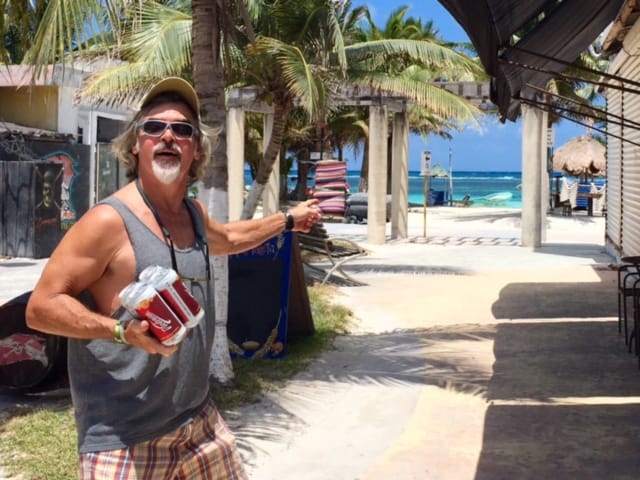
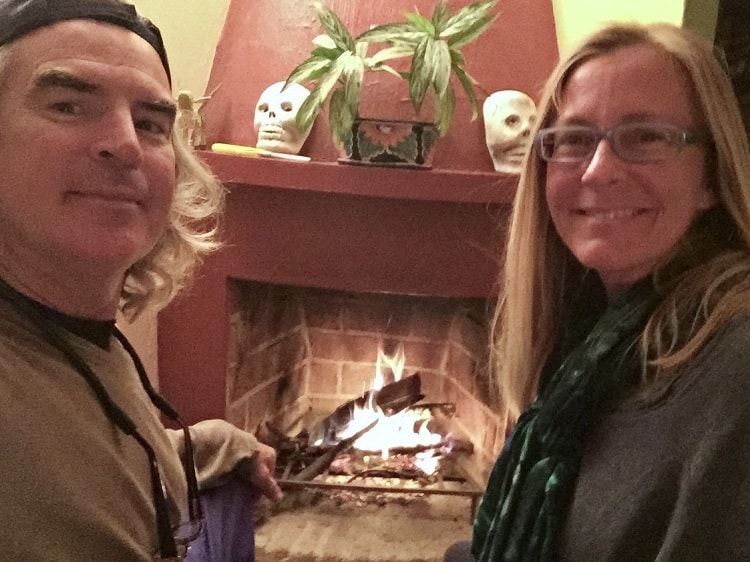
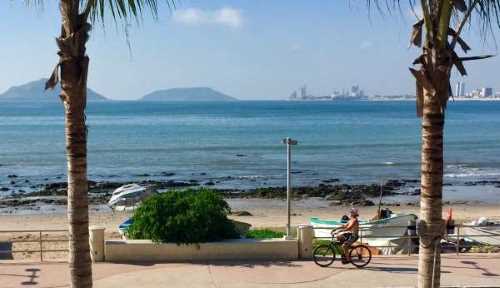
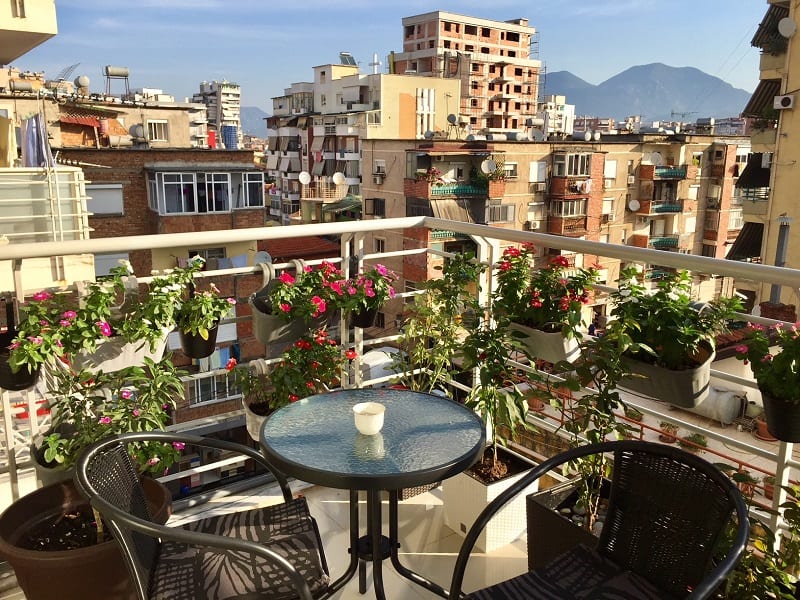

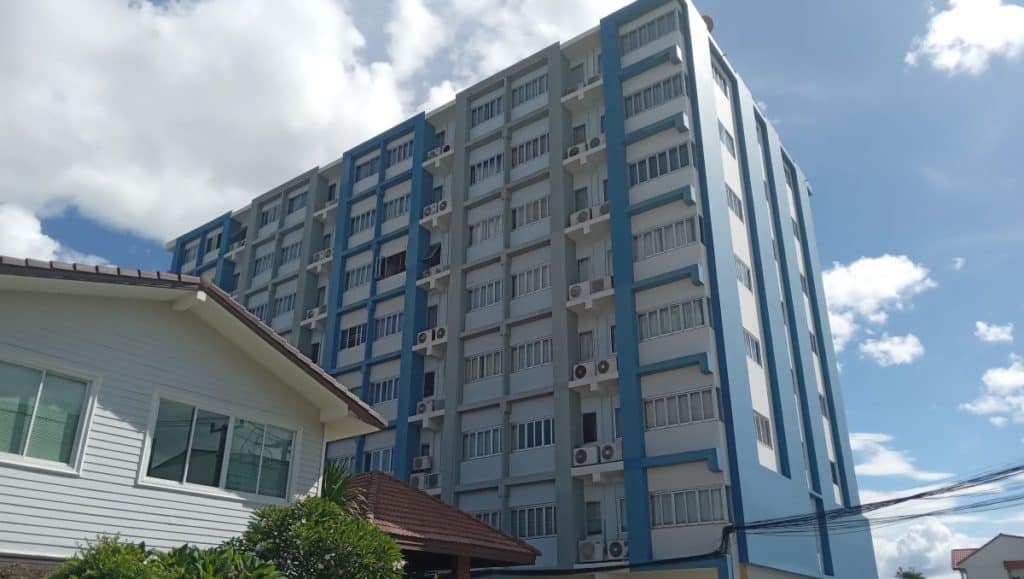
2023 Airbnb video tours: Kochi, Kerla, India // Istanbul, Turkiye // Varna, Bulgaria // Bucharest, Romania // Rishikesh, India
However, there is more risk involved by renting through locals. Keep in mind: you won’t get the protection that comes with booking sites and apps like Airbnb when you book in person.
One way to get leads on rentals is through Facebook groups. I join location-specific groups to get help and information from fellow travelers and expats.
Fun travel posts: Swimming with whale sharks; Living with elephants; Watching dragons fight
Budget slow travel for YOU
When you get to your dream destinations, whether those are La Paz, Lake Atitlan in Guatemala, Cinque Terre in Italy, or Bali and the Komodo Islands in Indonesia, you will be inspired to keep going, once you realize that this is totally possible – and enjoyable – with adequate planning.
And you will learn as you go, like we have.
For example, we now know about some less-touristed destinations, such as Krabi or Pai in Thailand instead of Phuket. Krabi and Pai are cheaper, more authentic, with fewer tourists. Nothing wrong with Phuket – we simply want to see what else a country has to offer. Just like America has so much more to see than Disneyland.
Adventures: Active volcano hike; Surf lesson; Cave exploring in Belize and Vietnam
With high inflation and geo-political angst, we still have our dream destinations. We know how to plan slow travel thanks to years of experience that allows us to adjust to the ‘new normal’.
We will continue enjoy the budget slow travel lifestyle, one destination at a time.
And we hope to see you out here!
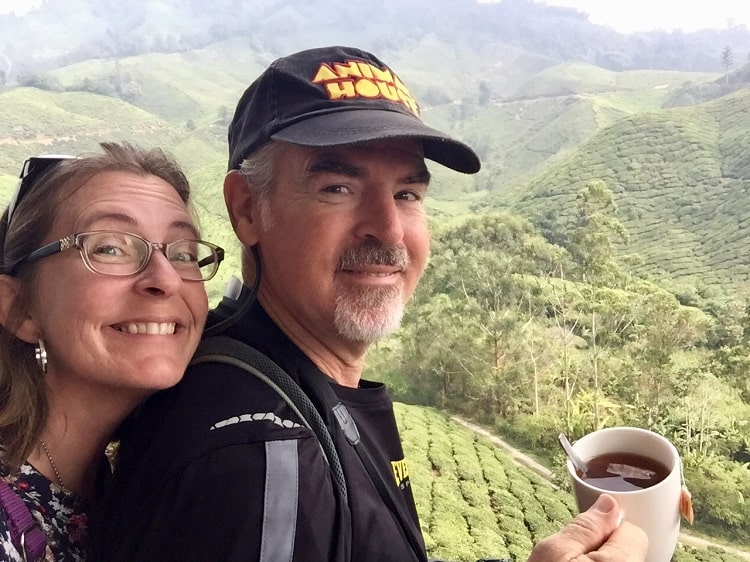
This is a revised article from the original “Long-term travel planning: How we do it” – which was posted in September 2020 as an answer to a reader’s question.
Thanks for reading, “Slow travel itinerary planning on a budget.”

Popular posts about budget slow travel in early retirement:

